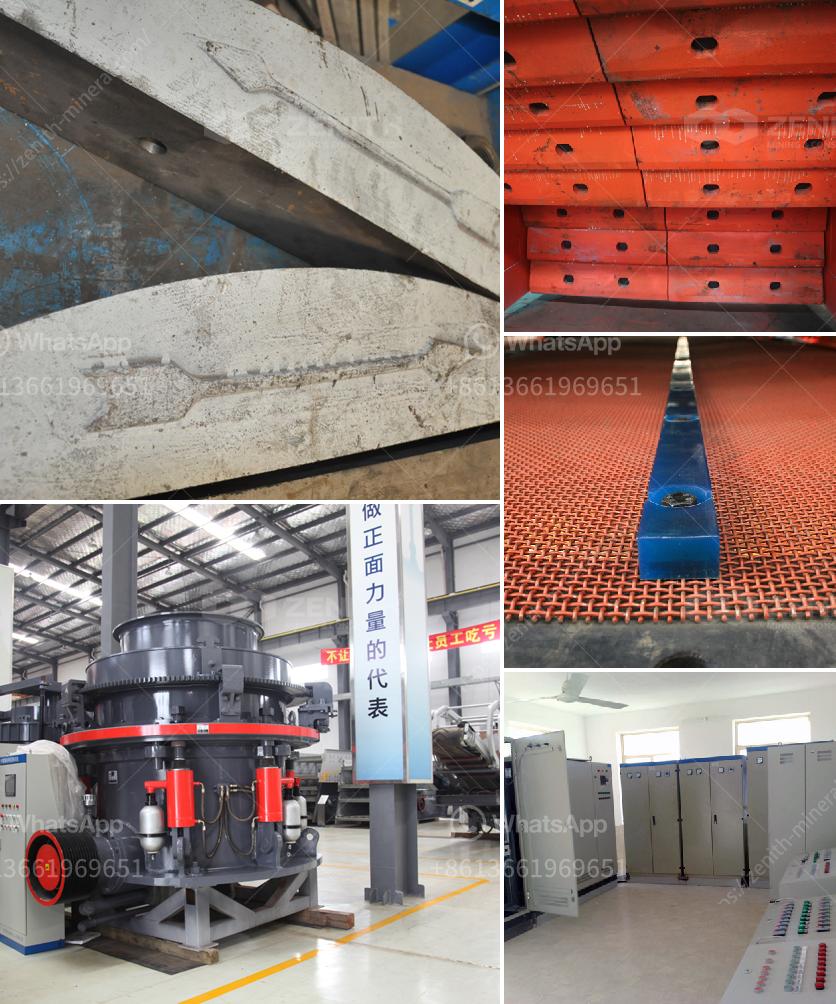Screening after crushing is an essential process in many industries, including mining, construction, and recycling, for several reasons:
Particle Size Distribution: To ensure that the crushed material is of the desired size or falls within specified grain size ranges, making it suitable for its intended use. This allows for uniformity and quality control.
Efficiency of Subsequent Processing: Certain processes, such as separation, milling, or chemical treatment, require material to be within a specific size range. Screening ensures that only appropriately sized material moves on to the next stage, improving overall efficiency.
Waste Reduction: By screening out unsuitable sizes, waste material is minimized, and recycling or disposal can be managed more effectively, resulting in cost savings.
Equipment Protection: Screening helps to protect downstream equipment from potential damage caused by oversized material, extending the equipment's lifespan and reducing maintenance costs.
Product Quality: In industries like construction, high-quality end products with consistent characteristics are crucial. Screening helps ensure that the final product meets required specifications, enhancing its performance and reliability.
Market Segmentation: Different markets or applications may require different sizes of material. Screening after crushing allows producers to sort material into various sizes, each suited for different uses, optimizing resource utilization and marketability.
In summary, screening after crushing is a critical step that ensures materials are appropriately sized, enhancing efficiency, quality, and usability in various applications.

